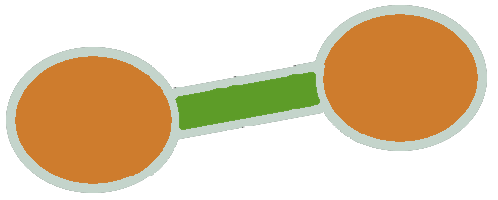Ninatoka
 condition
conditionRosacea
Rosacea is a common chronic inflammatory disease that presents with recurrent flushing, erythema, telangiectasia, papules, or pustules on nose, chin, cheeks, and forehead. There are four clinical subtypes of rosacea based on the predominant signs and symptoms: erythematotelangiectatic, papulopustular, phymatous, and ocular. The subtypes are not mutually exclusive. Patients can present with features of multiple subtypes, and the predominant features and areas of involvement can change over time. Fifty to seventy-five percent of patients with rosacea have eye involvement with symptoms including dryness, redness, tearing, tingling/burning sensation, foreign-body sensation, light sensitivity, and blurred vision. In addition to the skin and eye symptoms, rosacea can cause anxiety, embarrassment, and depression and can have a significant impact on the quality of life. Although usually limited to the skin, an association of rosacea with systemic comorbidities such as neurologic diseases, inflammatory bowel disease, and cardiovascular diseases has been reported.
Ref:
Farshchian M, Daveluy S. Rosacea. 2023 Aug 8. In: StatPearls [Internet]. Treasure Island (FL): StatPearls Publishing; 2023 Jan–. PMID: 32491506.
Join Ninatoka!!
NinatoKa's goal is to support you as a therapist in unravelling the illness pathway from symptoms to cause, and to help you detect potential interventions.
Go to Explore to start your discovery!
Go to Learn to scroll through newly added data.
Go to Contribute to contribute to the Ninatoka database.
You can rate content up or down and add comments if you agree or disagree.



